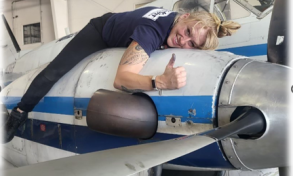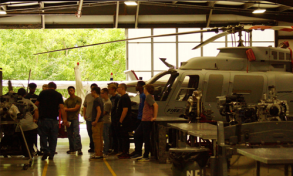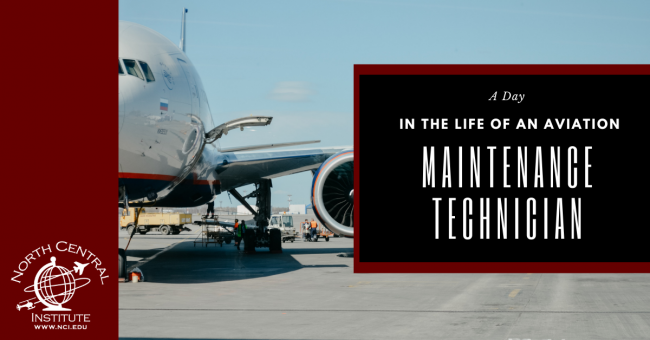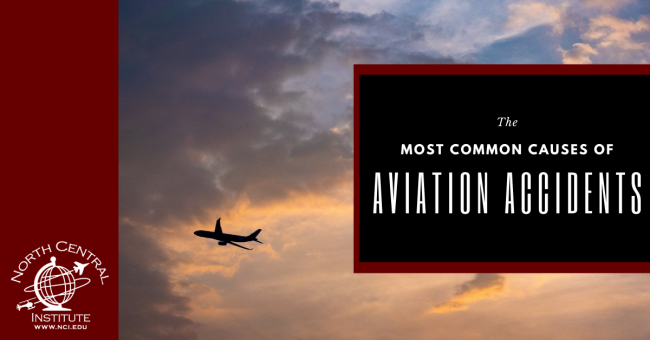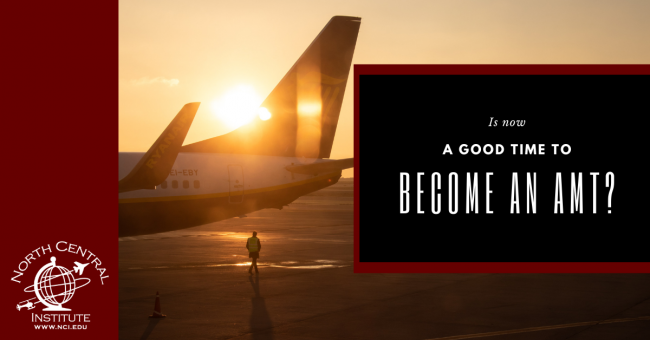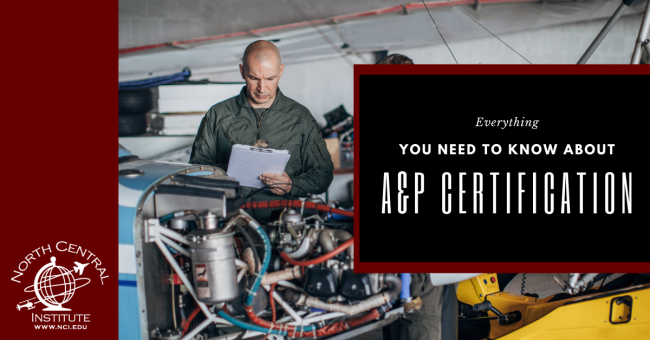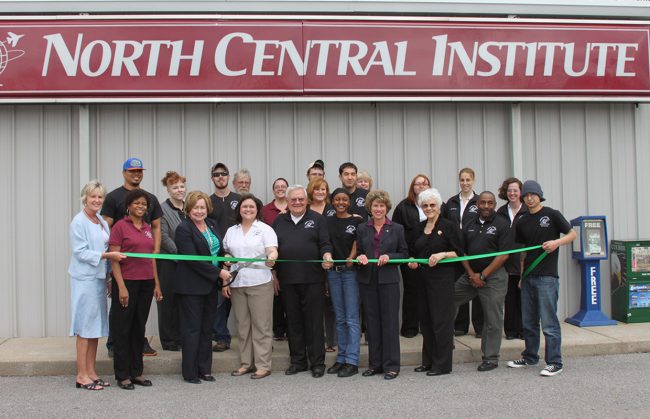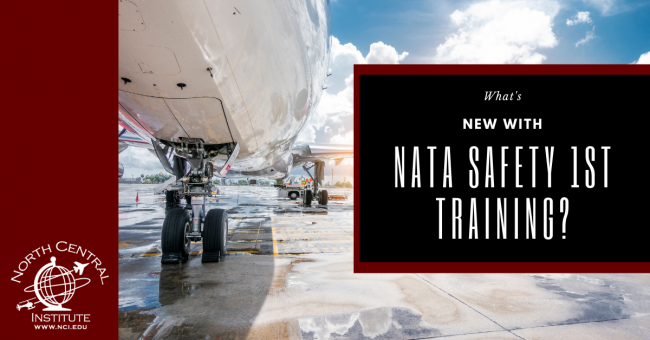A Day in the Life of an Aviation Maintenance Technician
Although it’s easy to think about what a day in the life of a pilot or a cabin crew member might be like, most of us don’t know what life is like as an aviation maintenance technician. When we travel, we see pilots striding through the airport with their suitcases. When we board the plane,…


